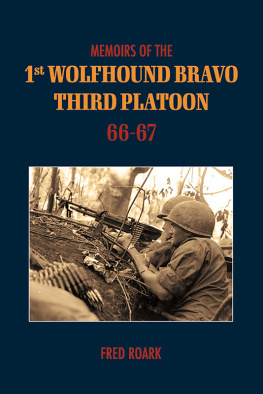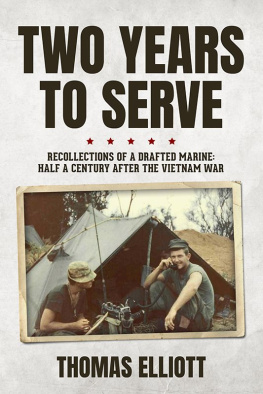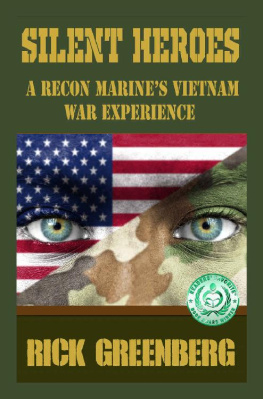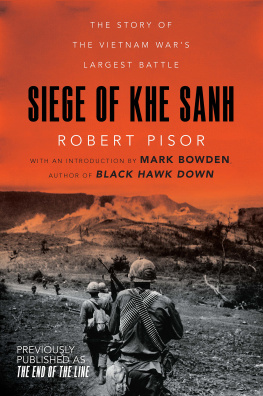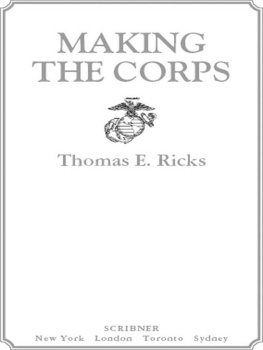
THE TWINS
PLATOON
AN EPIC STORY OF
YOUNG MARINES AT WAR IN VIETNAM
CHRISTY W. SAURO JR.

This edition published by Zenith Press, an imprint of MBI Publishing Company, 400 First Avenue North, Suite 300, Minneapolis, MN 55401 USA
Copyright 2006, 2010 by Christy W. Sauro Jr.
Hardcover edition published in 2006. Digital edition 2010.
All rights reserved. With the exception of quoting brief passages for the purposes of review, no part of this publication may be reproduced without prior written permission from the Publisher.
Zenith Press books are also available at discounts for in bulk quantities for industrial or sale-promotional use. For details write to Special Sales Manager at MBI Publishing Company, 400 First Avenue North, Suite 300, Minneapolis, MN 55401 USA
Cover and Layout by Rochelle Schultz Brancato
Digital edition: 978-1-61673-753-5
Hardcover edition: 978-0-7603-2387-8
Cover photograph: As incoming North Vietnamese artillery targets the Khe Sanh medical-evacuation staging area, Robert Cusick leans over a stretcher and shields a wounded Marine awaiting evacuation.
Robert Ellison/Black Star
Frontispiece: Anguish by Bruce Sommer
Authors collection
Hardcover Library of Congress
ISBN: 0-7603- 2387-9
ISBN-13: 978-0-7603- 2387-8
Printed in the United States of America
CONTENTS
FOREWORD
I served thirty-one years on active duty as a Marine and led infantry units in close combat in Korea. I also went through boot camp as a private in 1951 during the height of the Korean War. Christy W. Sauros The Twins Platoon tells a story that every Marinepast, present, and futurecan relate to. Its a story that every American should read. If they are like me theyll read it with tears in their eyes and pride mixed with sadness in their hearts. It tells the individual stories of a group of young men (the best America had to offer, although that was not recognized at the time) who answered their countrys call, fought bravely and well, survived the revilement of the antiwar activists, and quietly rebuilt their livesmost of them succeeded. Nonetheless, the scars remain and Sauro powerfully tells their stories.
Skip Schmidt, one of the members of the Minnesota Twins Platoon, served in my battalion, The Magnificent Bastards. Skip was medically discharged as the result of wounds received at the Battle of Dai Do in May 1968. He committed suicide in 1972. Skip was a victim of post traumatic stress disorder, a condition that was not recognized at that time by the Veterans Administration. He was posthumously awarded the Silver Star for courageously risking his life to save other Marines.
As we continue to send our best young men and now young women, our sons and daughters, into harms way to protect our freedom and secure freedom for others, America must know and recognize the human cost. Reading Christy Sauros The Twins Platoon will help our countrymen and women learn this from the sacrifice of this valorous group of Marines.
Semper Fi,
William Weise
Brigadier General, USMC (ret.)
[Publishers note: Brigadier General Weise served as a mortar section leader and rifle platoon commander in Company G, 3rd Battalion, 5th Marine Regiment, in Korea and in Vietnam as battalion commander of the 2nd Battalion, 4th Marines. While in Vietnam General Weise earned the Navy Cross for extraordinary heroism during the Battle of Dai Do.]
Telling a personal story of service is always inspiring, but telling a story about a group of young Americans and their willingness to serve their country in time of war is exceptionally telling. This is particularly true of the stories of those who volunteered to serve as Marines during the particularly trying times of the Vietnam War.
As a retired Marine Corps major general and recipient of the Medal of Honor, I know something about men in combat. I was truly moved by the ability of author Christy Sauro Jr. to tell the stories of his buddies and himself in such an affective manner. Author Sauro has demonstrated exceptional empathy in weaving together the stories of so many young Americans, all of whom were sworn in together on June 28, 1967, in pre-game ceremonies at a Minnesota Twins baseball game.
I encourage all Americans to read The Twins Platoon. It has human interest, integrity, and a reminder of what is the true cost of freedom. None of the Marines who graduated from boot camp as members of the Twins Platoon were Audi Murphy, but all were in the prime of life and gave it their best.
Semper Fi,
James E. Livingston
Major General, USMC (Ret.)
[Publishers note: Major General Livingston was awarded the Medal of Honor for conspicuous gallantry and intrepidity at the risk of his life above and beyond the call of duty during the Battle of Dai Do while serving as commanding officer of Company E, 2nd Battalion, 4th Marine Regiment in May 1968.]
PREFACE
On June 28, 1967, a group of over one hundred young men, as well as four young women, were sworn into the Marine Corps at a Minnesota Twins baseball game. I was one of those young men. We were dubbed the Twins Platoon. This book tells the story of what happened to us after we were cheered off the ball field. It tells of our Marine Corps training, our Vietnam experiences, and what happened to us when we returned home.
In late 1984, more than a decade after I had left the Marine Corps, the thought came to me to write a book about what happened to the Twins Platoon. At that time I knew very little about the fates of the others, because we were so widely dispersed following our boot camp graduation. My knowledge of the Vietnam Warof how our military actions fit into the larger picturedid not extend much beyond my own personal experience. Thinking about it I concluded that it would take years, maybe a lifetime, to gather the information and piece it together. Deciding that it was just too massive an undertaking, I dismissed the idea. Still, as the years passed, I found myself becoming increasingly inspired to take on the challenge. What started as an idea became a calling, and in the summer of 1990 I began to work in earnest on a written account of the Twins Platoon.
My boot camp graduation book contained the names of all my fellow recruits and served as the staring point for locating the others. I conducted my first interview on July 27, 1990. By the end of the year I had completed a total of twenty interviews. An additional twenty-two interviews took place over the next twelve years, with the last interview occurring on August 31, 2002. I prepared and used a questionnaire that contained a list of some twenty-eight open-ended questions. Some of the questions I asked were: Why did you enlist in the Marine Corps?; What was your most memorable experience in training?; Were you sent to Vietnam?; Were you wounded in action?; and Give a chronology of your Vietnam service. I tape recorded the interviews and kept to myself any comments or information that I had until after the interview was completed. This way I avoided biasing the individuals responses. To further verify and accurately detail past events, I obtained, with their consent, each persons military and medical records. In only two cases were the records not complete. Important facts were also obtained from eyewitness accounts, testimonials, and the expanding body of knowledge being assembled by historians and authors. A number of published military histories were used as references. The
Next page

